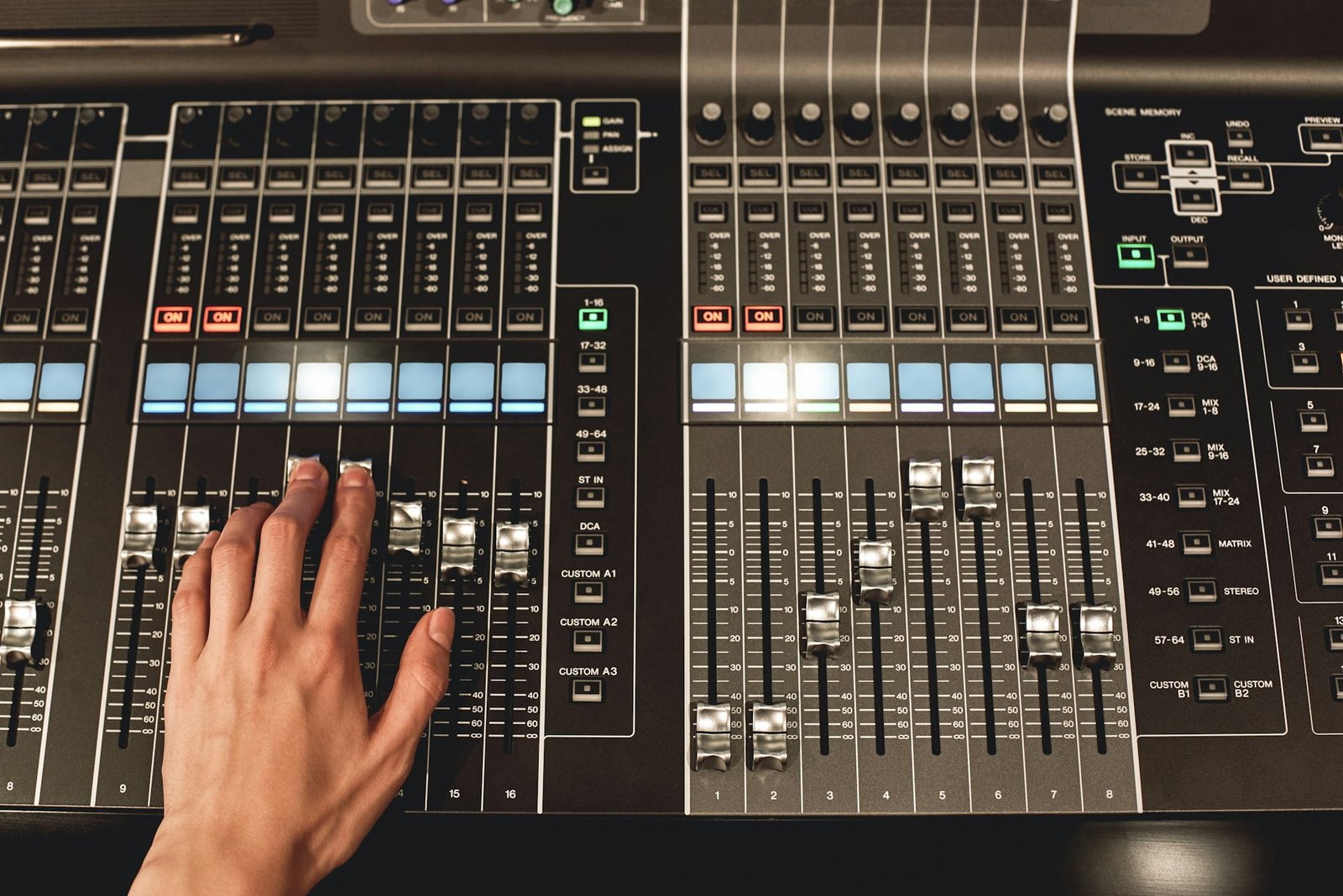Embracing the Future: The Rise of Mixed-Reality Interfaces for Vehicle Control and Entertainment in 2046
Future AI AutomotiveTable of Contents
Introduction
In the fast-paced landscape of automotive technology, 2046 marks a significant milestone with the widespread adoption of mixed-reality interfaces for vehicle control and entertainment. Blurring the lines between the physical and digital realms, these immersive interfaces promise to revolutionize the driving experience, offering unparalleled convenience, safety, and entertainment options. Let’s delve into the transformative potential of mixed reality in shaping the vehicles of tomorrow.
Defining Mixed-Reality Interfaces
Mixed reality (MR) interfaces combine elements of virtual reality (VR) and augmented reality (AR) to overlay digital content onto the user’s physical environment. In the context of vehicle control and entertainment, MR interfaces seamlessly integrate virtual displays, interactive overlays, and gesture-based controls within the vehicle’s cockpit, enhancing both functionality and user experience.
Enhanced Vehicle Control with Mixed Reality
One of the primary applications of mixed reality in vehicles is in enhancing vehicle control and navigation systems. Through immersive head-up displays (HUDs) projected onto the windshield, drivers can access real-time navigation instructions, vehicle diagnostics, and safety alerts without diverting their attention from the road. Gesture-based controls and voice commands further streamline interaction, allowing drivers to perform tasks hands-free.
Personalized Entertainment Experience
In addition to vehicle control, mixed reality interfaces offer a wealth of entertainment options to occupants. Virtual screens can transform the interior of the vehicle into a multimedia hub, offering on-demand streaming services, interactive gaming experiences, and immersive augmented reality content. Passengers can customize their entertainment preferences, creating personalized experiences tailored to their interests and preferences.
Safety and Accessibility Features
Mixed reality interfaces also contribute to improved safety and accessibility within vehicles. Augmented reality overlays can provide real-time information about nearby hazards, road conditions, and pedestrian activity, enhancing situational awareness for drivers. Additionally, customizable accessibility features such as enlarged text, voice-guided navigation, and gesture-based controls ensure that users of all abilities can interact with the interface comfortably and safely.
Integration with Vehicle Automation
As vehicle automation technologies continue to advance, mixed reality interfaces play a crucial role in facilitating human-machine interaction. By overlaying contextual information and control options, MR interfaces enable seamless collaboration between human drivers and autonomous driving systems. In scenarios where manual intervention is required, MR interfaces provide intuitive controls and real-time feedback to ensure a smooth transition between automated and manual driving modes.
Conclusion
As the automotive industry embraces the possibilities of mixed reality interfaces, the driving experience undergoes a transformative evolution. From enhanced vehicle control and personalized entertainment options to improved safety and accessibility features, mixed reality interfaces promise to redefine the relationship between humans and vehicles in 2046 and beyond. As we journey towards an increasingly connected and immersive future, mixed reality stands at the forefront of innovation, shaping the vehicles of tomorrow into truly immersive and intelligent machines.
FAQs:
How does mixed reality differ from virtual reality and augmented reality?
Mixed reality combines elements of both virtual reality (complete immersion in a digital environment) and augmented reality (overlaying digital content onto the physical environment) to create immersive experiences that interact with the user’s surroundings.
Are mixed reality interfaces distracting for drivers?
When properly designed and implemented, mixed reality interfaces can enhance safety by providing relevant information without requiring the driver to take their eyes off the road. However, improper use or excessive visual clutter can potentially be distracting and should be avoided.
Can mixed reality interfaces be customized to individual preferences?
Yes, mixed reality interfaces can be highly customizable, allowing users to personalize their settings, preferences, and content choices to suit their individual needs and preferences.
What are the challenges associated with integrating mixed reality interfaces into vehicles?
Challenges include ensuring seamless integration with existing vehicle systems, addressing potential cybersecurity concerns, and designing intuitive user interfaces that minimize distraction and maximize usability.
How do mixed reality interfaces contribute to accessibility for users with disabilities?
Mixed reality interfaces can incorporate accessibility features such as voice commands, gesture-based controls, and customizable user interfaces to ensure that individuals with disabilities can interact with the interface comfortably and independently.
